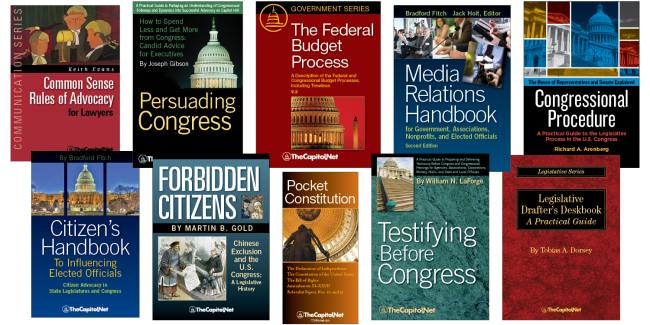In a scenario that is all too common, an organization conducts an intensive strategic planning session involving a significant amount of resources – then the resulting plan gathers dust.

During the planning session, everyone is enthusiastic and shares the same vision. You return to the office energized and ready to put the plan into action, but as time goes by and everyone settles into the daily routine, the strategic plan becomes somewhat forgotten. To avoid this, learn how to integrate planning into your overall efforts and learn to use your strategic planning as a compass for your daily activities so that you actually move from planning to execution.
First, you must have member or client input. The foundation for effective planning is formed by determining the concerns and priorities of your members or clients. Focus groups, surveys and member meetings can be used to identify important priorities and issues.
You must also evaluate the political, legislative, regulatory and judicial environments as part of your planning process.
 It can often be a challenge to identify and prioritize your current as well as future issues and yet it is central to your success. By synthesizing the information you gather from your clients or members, you can use those results to develop and update your issues list.
It can often be a challenge to identify and prioritize your current as well as future issues and yet it is central to your success. By synthesizing the information you gather from your clients or members, you can use those results to develop and update your issues list.
Your action plan should have specific goals for each issue, and incorporate priority ranking. Try to avoid the temptation to develop goals that are exceptionally ambitious, particularly if you have limited resources and staffing. As you go about the process of planning, work to identify issues that are interrelated so you can establish synergy between multiple issues. Assigning specific responsibility for action steps and establishing measurable outcomes and deadlines can help you to move from the planning stage to the execution stage.
Regularly updating your plan is important. Overall, there is often a short shelf life for legislative plans. In the political world, winds can shift quickly, which is why it is important that you be prepared to respond as new issues suddenly emerge in light of national and international events.
Source: Lobbying and Advocacy, by Deanna Gelak, Section 6.3 Turning Planning into Execution.
Courses
- Congressional Operations Briefing – Capitol Hill Workshop
- Congressional Dynamics and the Legislative Process
- Drafting Federal Legislation and Amendments
- Understanding Congressional Budgeting and Appropriations
- Advanced Legislative Procedure
Publications
CongressionalGlossary.com, from TheCapitol.Net
For more than 40 years, TheCapitol.Net and its predecessor, Congressional Quarterly Executive Conferences, have been teaching professionals from government, military, business, and NGOs about the dynamics and operations of the legislative and executive branches and how to work with them.
Our custom on-site and online training, publications, and audio courses include congressional operations, legislative and budget process, communication and advocacy, media and public relations, testifying before Congress, research skills, legislative drafting, critical thinking and writing, and more.
TheCapitol.Net is on the GSA Schedule, MAS, for custom on-site and online training. GSA Contract GS02F0192X
TheCapitol.Net is now owned by the Sunwater Institute.
Teaching how Washington and Congress work ™

